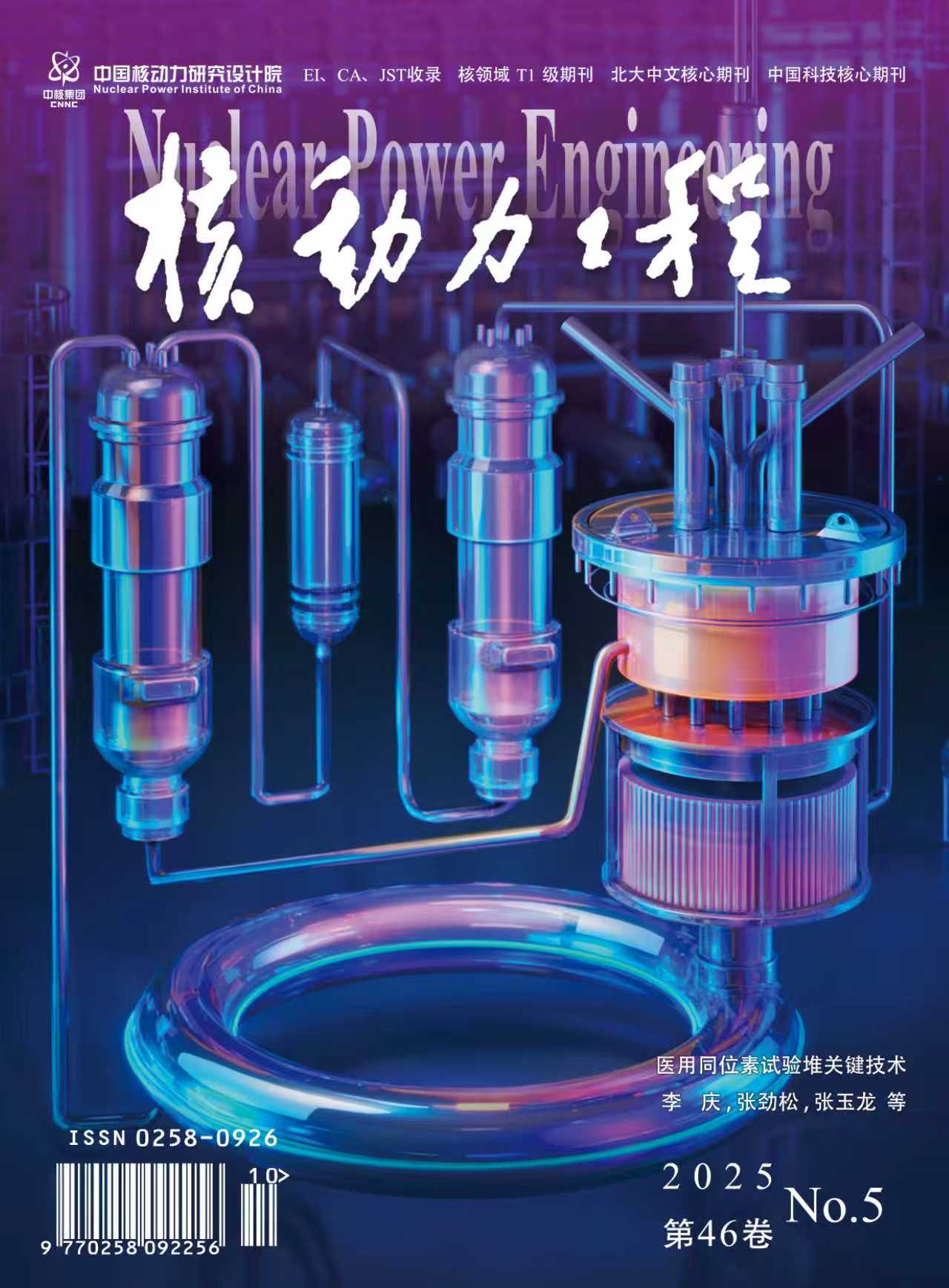2010 Vol. 31, No. S1
Display Method:
2010, 31(S1): 1-3,7.
Abstract:
2010, 31(S1): 4-7.
Abstract:
2010, 31(S1): 8-10.
Abstract:
2010, 31(S1): 11-15.
Abstract:
2010, 31(S1): 16-20.
Abstract:
2010, 31(S1): 21-23,28.
Abstract:
2010, 31(S1): 24-28.
Abstract:
2010, 31(S1): 29-33.
Abstract:
2010, 31(S1): 34-38,48.
Abstract:
2010, 31(S1): 39-43.
Abstract:
2010, 31(S1): 44-48.
Abstract:
2010, 31(S1): 49-52.
Abstract:
2010, 31(S1): 53-56.
Abstract:
2010, 31(S1): 57-59,64.
Abstract:
2010, 31(S1): 60-64.
Abstract:
2010, 31(S1): 65-68.
Abstract:
2010, 31(S1): 69-72.
Abstract:
2010, 31(S1): 73-76,82.
Abstract:
2010, 31(S1): 77-82.
Abstract:
2010, 31(S1): 83-87.
Abstract:
2010, 31(S1): 88-92.
Abstract:
2010, 31(S1): 93-96,108.
Abstract:
2010, 31(S1): 97-102.
Abstract:
2010, 31(S1): 103-108.
Abstract:
2010, 31(S1): 109-113,118.
Abstract:
2010, 31(S1): 114-118.
Abstract:
2010, 31(S1): 119-122.
Abstract:
2010, 31(S1): 123-126.
Abstract:



